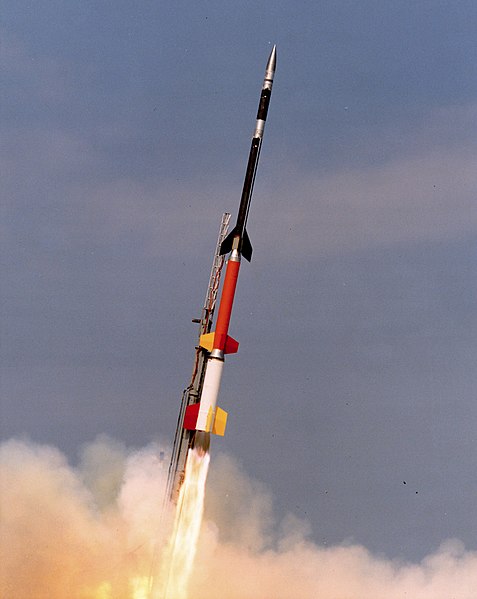A space tug is a type of spacecraft used to transfer spaceborne cargo from one orbit to another orbit with different energy characteristics. The term can include expendable upper stages or spacecraft that are not necessarily a part of their launch vehicle. However, it can also refer to a spacecraft that transports payload already in space to another location in outer space, such as in the Space Transportation System concept. An example would be moving a spacecraft from a low Earth orbit (LEO) to a higher-energy orbit like a geostationary transfer orbit, a lunar transfer, or an escape trajectory.
Reusable, modular 1969 NASA vision Space Tug (canceled)
The Jupiter bound Galileo spacecraft and its attached Inertial Upper Stage (IUS) being deployed after being launched by the Space Shuttle Atlantis on the STS-34 mission. The IUS was an optional payload for missions where the Space Shuttle was used to take a payload beyond Low Earth Orbit. By contrast, the Space Shuttle external tank was always included and used whenever a shuttle launch took place.
Space Tug crew module concept
A multistage rocket or step rocket is a launch vehicle that uses two or more rocket stages, each of which contains its own engines and propellant. A tandem or serial stage is mounted on top of another stage; a parallel stage is attached alongside another stage. The result is effectively two or more rockets stacked on top of or attached next to each other. Two-stage rockets are quite common, but rockets with as many as five separate stages have been successfully launched.
Each stage of the Black Brant 12 sounding rocket has its own set of tail fins.
The second stage of a Minuteman III rocket
Cutaway drawings showing three multi-stage rockets
Apollo 11 Saturn V first-stage separation







